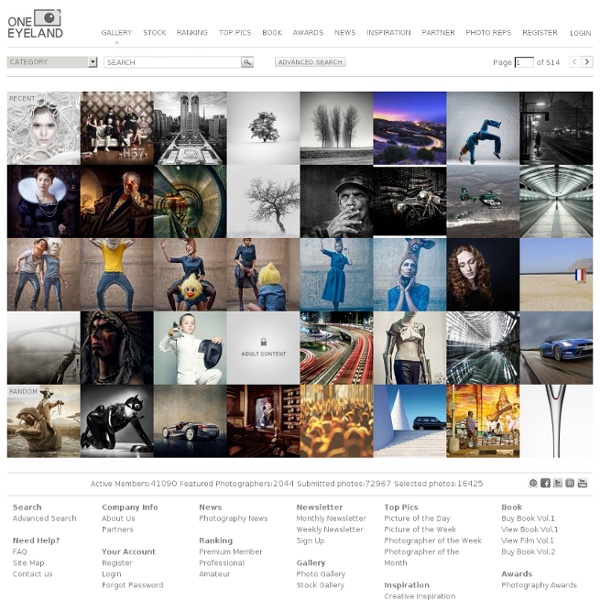



SPACE PHOTOS THIS WEEK: Star Birth, Active Sun, More Image courtesy Infrared Processing and Analysis Center, California Institute of Technology December 23, 2009-- Four pictures of the Rho Ophiuchi star-forming region illustrate the "evolution" of infrared astronomy over the past quarter century . Each image, seen above in chronological order, was made by a past or present infrared observatory run with U.S. participation: the InfraRed Astronomical Satellite (IRAS), the Infrared Space Observatory (ISO), the Two Micron All-Sky Survey (2MASS), and the Spitzer Space Telescope. Infrared light is invisible to human eyes, so the Infrared Processing and Analysis Center assigned false colors to all four images to help astronomers visualize how stars are born in Rho Ophiuchi. Different colors represent the temperature and composition of dust, as well as the ages of the hundreds of stars forming in the dense molecular cloud.
tomorrow started Panographies: Panoramas on Steroids If you like Hockney, you’ll love this. Do you ever look up at the sky, a towering office building, or an expansive landscape and wish your photos could capture everything you can see with your eyes? We do. Our pal Mareen does this neat thing she calls panography. Call it super wide-angle panorama or call it panography, we think it’s awesome. Read on to learn how you can make one yourself! Panographies are wide-angle pictures composed of several individual photos manually stitched together. Before we get started, here are a few samples so you know what you’re shooting for: (Click any image to see it larger.) Step 1: Setup Go out into the world and find something interesting to shoot. Manually set the white balance, focus, f-stop, and shutter speed on your camera. NOTE: The more photos you take, the more RAM your computer will need to make the panography. Step 2: Take your shots Point and shoot. Make sure you cover every spot with at least one picture. Step 3: Prepare your files Congratulations!
Photographer Profile ~ Brassaï Brassaï was the pseudonym of Gyula Halász (1899-1984), a Parisian photographer considered by all as one of the great photographers of the 20th century. Brassai took his name from the town of his birth, Brasso, in Transylvania, then part of Hungary, later of Roumania, and famous as the home of Count Dracula. He studied art at the academies of Budapest and Berlin before coming to Paris in the mid-twenties. Making photographs in the dark bistros and darker streets presented a difficult technical problem. Brassaï's photographs brought him international fame leading to a one-man show in the United States at the George Eastman House in Rochester, New York, the Art Institute in Chicago, Illinois, and at New York City's Museum of Modern Art. "When you meet the man you see at once that he is equipped with no ordinary eyes," ~ writer Henry Miller on Brassai "The purpose of art is to raise people to a higher level of awareness than they would otherwise attain on their own." ~ Brassai Paris Prostitute
Photographer Uses Sugar, Cotton, Feathers and Chocolate to Construct Stunning Landscapes As part of our ongoing partnership with Feature Shoot, Beautiful/Decay is sharing Alison Zavos’ article on Matthew Albanese. “DIY Paradise” was constructed from cotton, salt, cooked sugar, tin foil, feathers & canvas. My work involves the construction of small-scale meticulously detailed models using various materials and objects to create emotive landscapes. Every aspect from the construction to the lighting of the final model is painstakingly pre-planned using methods which force the viewers perspective when photographed from a specific angle. Matthew Albanese is a fine art photographer from New Jersey who specializes in creating and photographing miniatures from common household objects and materials.